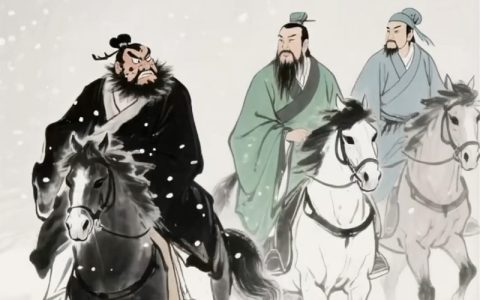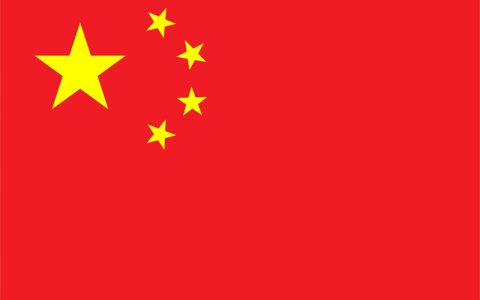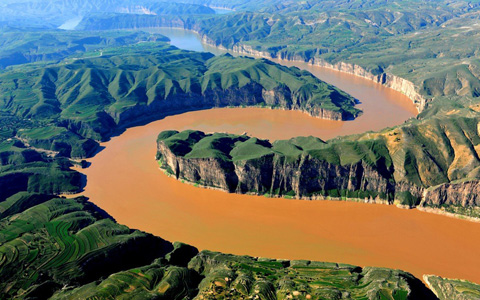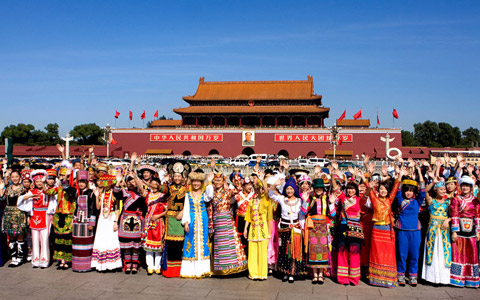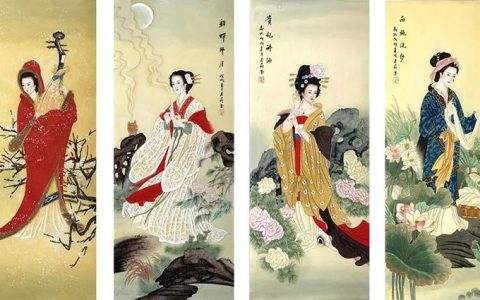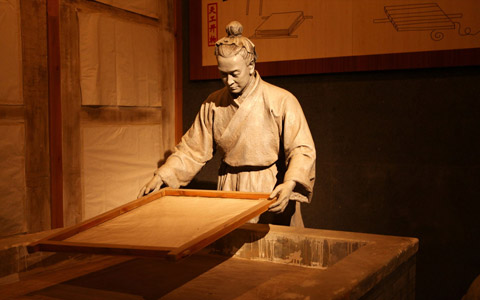China’s civilization, one of the world’s oldest continuous cultures, has been shaped by dynastic cycles spanning over 4,000 years. Each dynasty left indelible marks on politics, economy, culture, and technology, weaving together the rich tapestry of Chinese history. Below is a chronological account of major dynasties and periods.
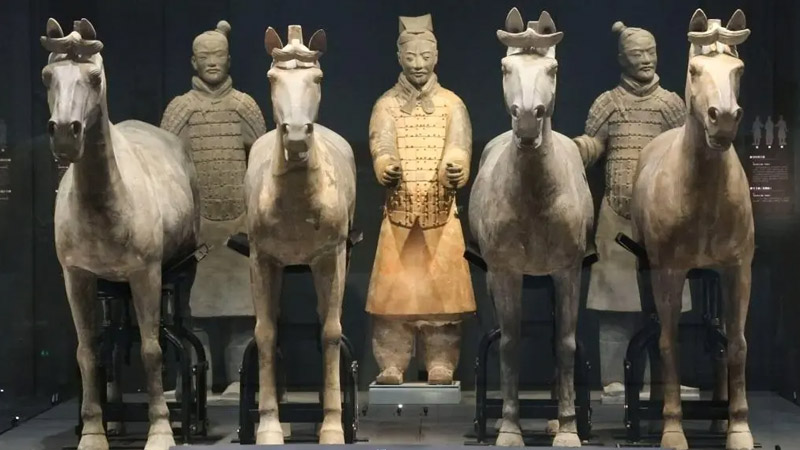
The Three Antiquity Dynasties: Foundation of Civilization
Xia, Shang, Zhou
(c. 2070-256 BC)
This was the era of early state formation in China. The Xia is the legendary first dynasty founded by Yu the Great; the Shang is archaeologically confirmed by oracle bones and sophisticated bronzeware; the Zhou implemented a feudal system. Its later period, the Spring and Autumn and Warring States eras, was fraught with conflict but also saw an unprecedented flourishing of thought and culture (The Hundred Schools of Thought), giving rise to Confucianism, Daoism, and others.
The Early Unified Empires: Standardization
Qin Dynasty
(221-207 BC)
Qin Shi Huang unified the six warring states, establishing the first centralized, unified empire. He standardized writing, currency, and measurements, and connected the early walls to form the Great Wall. Though it collapsed quickly, the imperial model it created was profoundly influential.
Han Dynasty
(202 BC-220 AD)
A powerful golden age during which the Huaxia people gradually became known as the “Han Chinese.” The Silk Road was opened during this period, and Confucianism was established as the state orthodoxy. It was also a time of great technological achievement (e.g., papermaking).
Disunity and Ethnic Integration: Civilizational Expansion in Turbulence
Three Kingdoms, Jin, Northern and Southern Dynasties
(220-589)
After the fall of the Han, China experienced nearly 400 years of fragmentation. This was the longest period of disunity in Chinese history, but also a crucial time for ethnic integration. Northern nomadic peoples migrated inward and established regimes, while Han Chinese aristocrats moved south, developing the Yangtze Delta. Buddhism spread widely during this time, profoundly influencing Chinese culture.
The Flourishing Empires: Center of the World
Sui Dynasty
(581-618)
It reunified China. The Sui constructed the Grand Canal linking north and south and established the imperial examination system, both of which had a lasting impact.
Tang Dynasty
(618-907)
The peak of ancient Chinese society, characterized by powerful national strength and flourishing culture. Its capital, Chang’an, was a premier international metropolis. The Tang saw frequent foreign exchanges, and its poetry, painting, and sculpture reached sublime levels.
Rivalry and Fusion: Deepening Pluralistic Unity
Five Dynasties & Ten Kingdoms, Song, Liao, Jin, Western Xia
(907-1279)
After the Tang collapse, China fragmented again. The subsequent Song Dynasty (Northern and Southern Song) reached new heights in economy, technology (gunpowder, movable type, compass), and culture, but was militarily weaker and coexisted with rival northern empires (Liao, Jin, Western Xia). This was an era of multiple, competing regimes.
The Finale of Unification: The Empire’s Twilight
Yuan Dynasty
(1271-1368)
Established by the Mongols, it was part of the vast Mongol Empire. It was the first time China was entirely ruled by a non-Han ethnic group, facilitating East-West exchange.
Ming Dynasty
(1368-1644)
It restored Han Chinese rule. The early Ming was powerful, with the maritime expeditions of Zheng He. It constructed the Beijing city and the Forbidden City. Most of the Great Wall we see today was built during the Ming.
Qing Dynasty
(1644-1912)
China’s last imperial dynasty, established by the Manchus. It reached the largest territorial extent. However, due to isolationism and internal/external pressures, it was overthrown by the 1911 Revolution, ending over 2,000 years of imperial rule in China.

